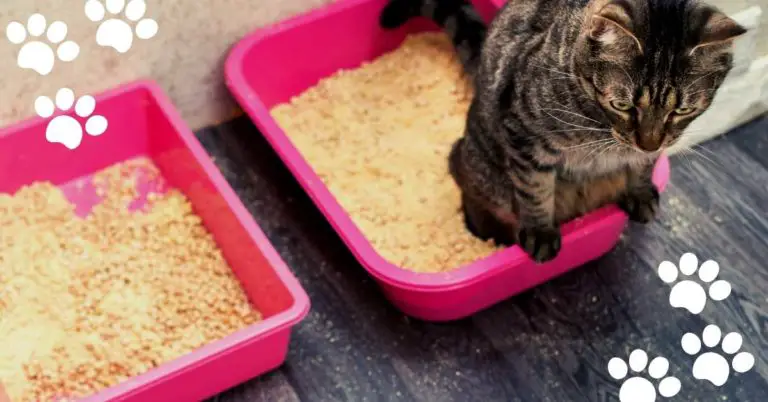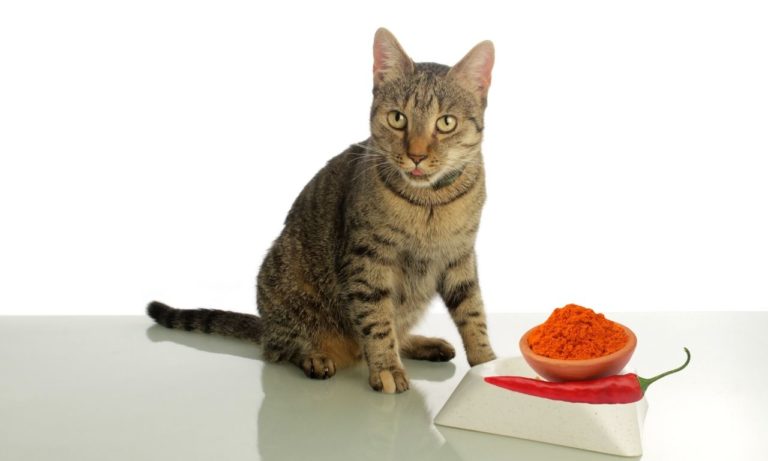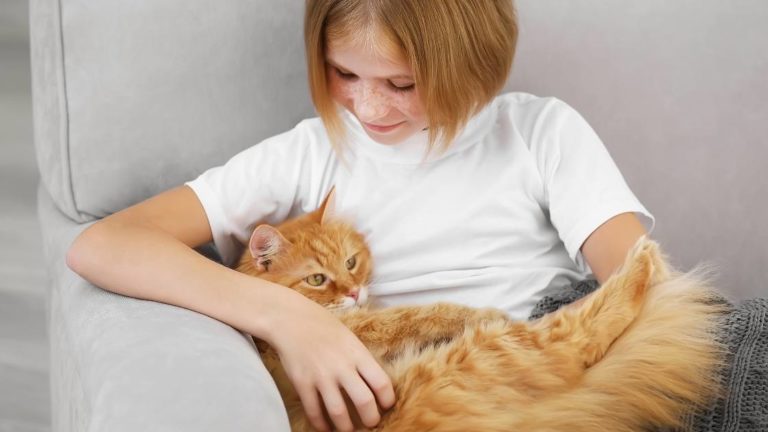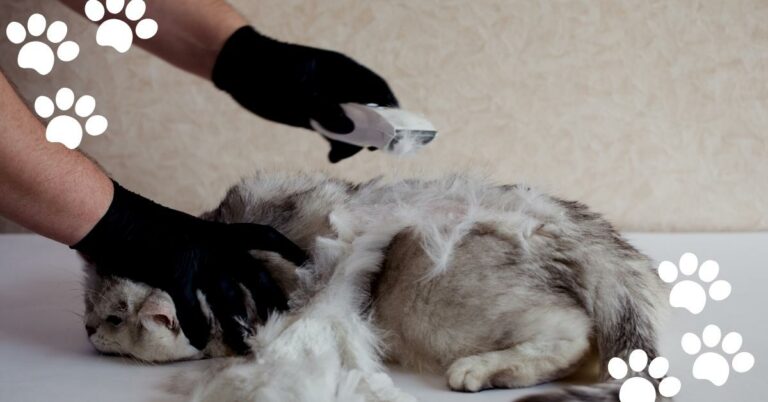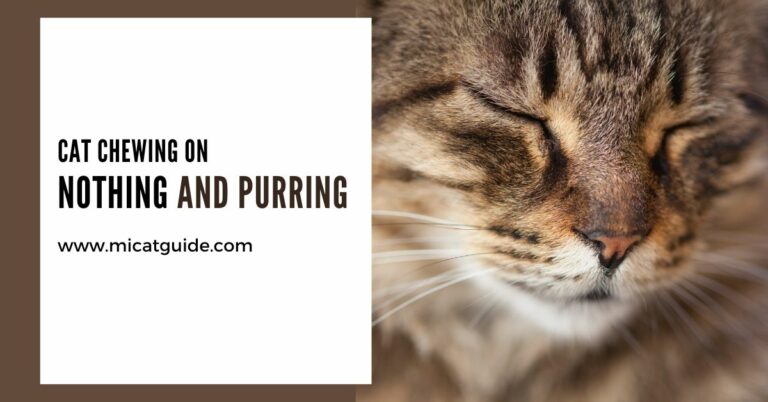Cracking the Code: Can Cats Open Round Door Knobs?
Cats are the enigmatic beings of the pet world, with their silent grace, unexpected antics, and, to many a homeowner’s surprise, a potential knack for “cracking” even the most practical of human inventions—the door. If you’re a cat owner, you’ve probably marveled at your feline friend’s ability to investigate, pounce, and perch in the most peculiar places. But can that curiosity extend to something as mundane as the round door knob?
This in-depth exploration of cat behavior and the challenges of pet-proofing your home will not only pique the interest of cat lovers but also offer valuable insights into creating a space that accommodates your furry friend’s adventurous spirit.
Understanding Cats and Round Door Knobs
Before we jump to conclusions about our cats’ capabilities, it’s important to understand the underpinning reasons for their behavior. Cats are instinctively curious and love to explore every nook and cranny of their territory. Their sharp senses and agile bodies make them excellent hunters and capable of taking on various environmental challenges. But the allure of the round door knob lies not only in the mystery of the room beyond but also in the object’s tactile nature.
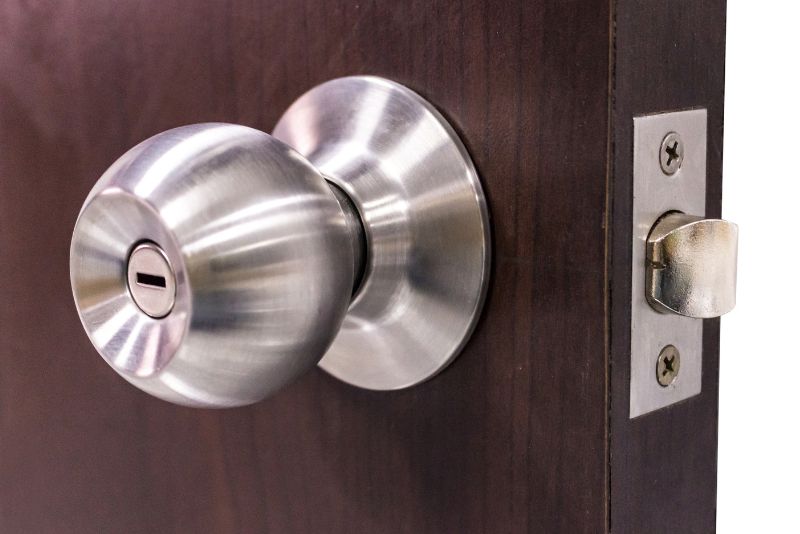
Feline Behavior and Dexterity
Cats are known for their ability to manipulate objects with impressive nimbleness. Their sophisticated paw-to-eye coordination enables them to open drawers, operate levers, and in some extraordinary cases, even tackle round door knobs. The key to their dexterity is the presence of glands and retractable claws, which act as sensory organs and tools for gripping. However, their digital mimicry isn’t just about physical capability—it’s a manifestation of their inquisitive minds.
What Intrigues Them About Round Door Knobs?
The quirks of cats don’t stop at their physical prowess. The shape and movement of round door knobs can entice cats to play, explore, or even attempt to open doors. The cylindrical design is particularly appealing due to its resemblance to toys, such as rolling balls or the fun mouse toys that cats love to chase. This playful curiosity, combined with the potential reward of discovering new spaces, can lead cats to paw at, bat, or even try to turn round door knobs.
Challenges and Solutions
While the concept of cats opening doors might seem far-fetched, it’s not entirely impossible. Fortunately, there are strategies to keep your doors secure and your feline companion entertained without stifling their natural instincts.
Cat Curiosity vs. Door Knob Design
The traditional round door knob, while easy to use for humans, presents several challenges for our four-legged friends. The need for coordinated twisting or turning, the lack of leverage due to the knob’s smooth surface, and the strength required can be significant barriers to entry—pun intended.
Tips for Cat-Proofing Homes with Round Door Knobs
Adopting a few preventive measures can help secure your doors from unwanted feline intruders. Start by applying a door knob cover, which acts as a physical barrier, deterring cats from accessing the knob. For doors that are less frequently used, a simple solution could be to install a hook-and-eye latch out of your cat’s reach. Finally, ensure that all doors leading outside are securely locked to prevent your indoor explorers from venturing out unsupervised.
Creative Ways to Make Your Home Pet-Friendly
While it’s vital to keep certain doors closed for safety reasons, you can also create an environment that caters to your pet’s need for stimulation and adventure. Cat trees, puzzle toys, and interactive play structures provide outlets for their energy and curiosity. Additionally, setting up shelves, perches, and hidden spaces within your home can mimic the excitement of exploration in a controlled setting.
Personal Experience
It’s here that personal experience muddies the waters. Have you not seen your own cat perform seemingly impossible acts of assembly, pushing a toy under the couch beyond the reach of their paw only to hook it back out with practiced ease? My own cat has navigated the intricacies of lever-style door handles with a cunning that belies her species’ alleged limitation. For all intents and purposes, turning a round knob seems like it should be child’s play.
Debunking the Myth
Yet, when scrutinized under the lens of scientific inquiry, the evidence leans towards cats being unable to open round door knobs on their own. It’s important to point out that exceptional cases do not prove a rule, but they can certainly sow doubt. Stories abound of extraordinary felines venturing where they shouldn’t, opening doors that were closed with clear human intent.
Addressing Common Misconceptions
Many relegate these stories to the realm of urban legend, chalking them up to misunderstanding or exaggeration. After all, we’ve all been known to ascribe our pets with superhuman abilities. The tale of a cat opening a round door knob likely has more to do with context, luck, and the cat’s own brand of persistence than an actual understanding of the mechanism.
Conclusion
In conclusion, the idea of cats opening round door knobs is more of a comical twist on cat behavior than a legitimate concern for most pet owners. By understanding your cat’s natural behaviors and the limitations of door knob designs, you can effectively pet-proof your home. It’s about finding a balance that respects your cat’s independence while ensuring that your space is safe and secure for furry friends to roam.
Creating a pet-friendly home is not just about doors and knobs; it’s a holistic approach that takes into account your pet’s needs, your lifestyle, and the design of your living space. Ultimately, the goal is to coexist harmoniously with our beloved pets, fostering an environment that is enriching for both them and us. Now, armed with this knowledge, it’s time to open the door to a pet-friendly oasis where your cat can play, rest, and explore to their heart’s content.


